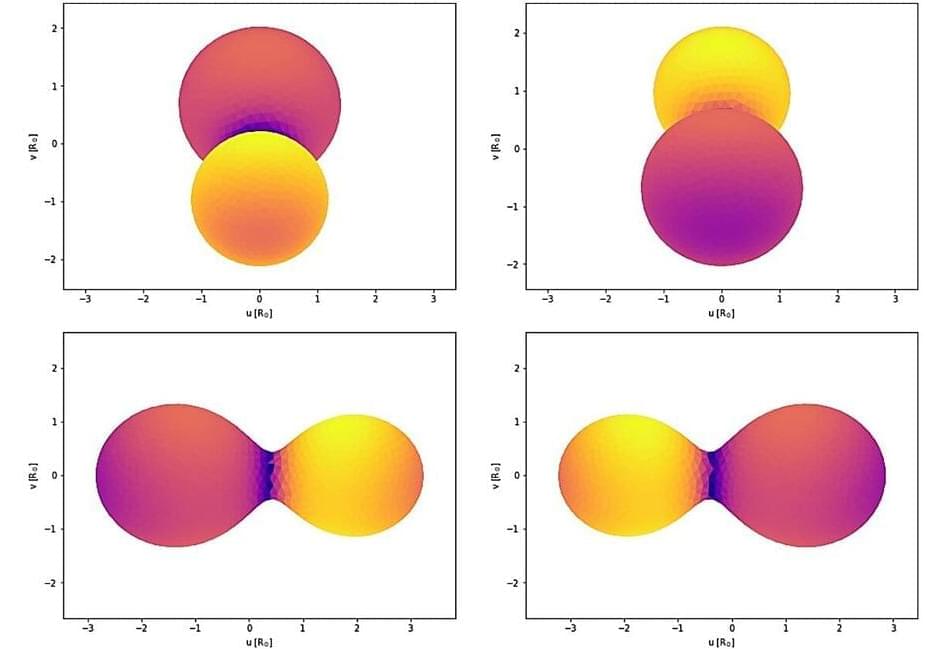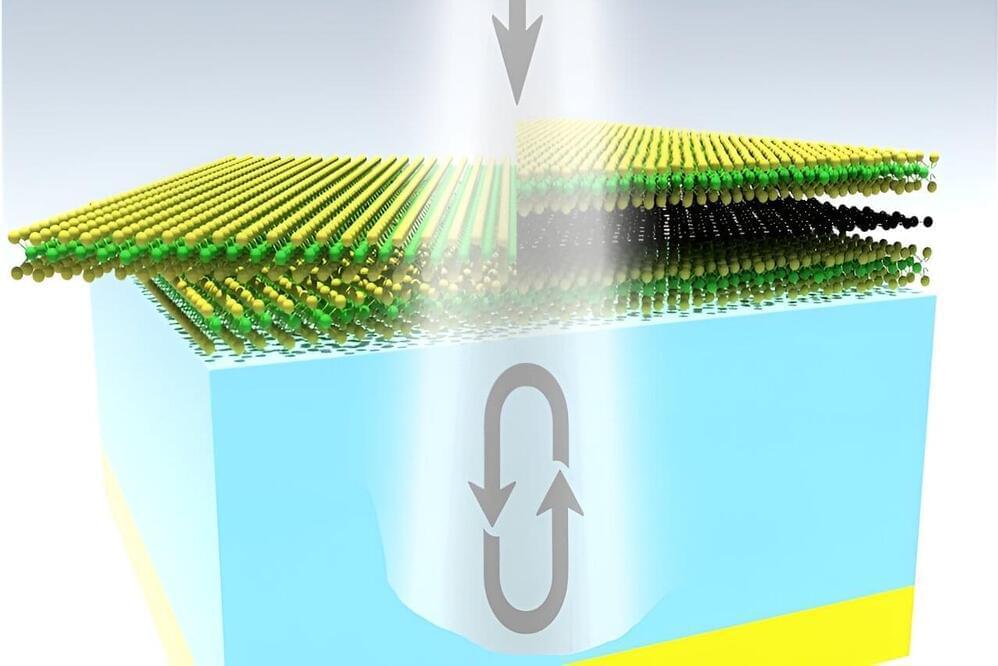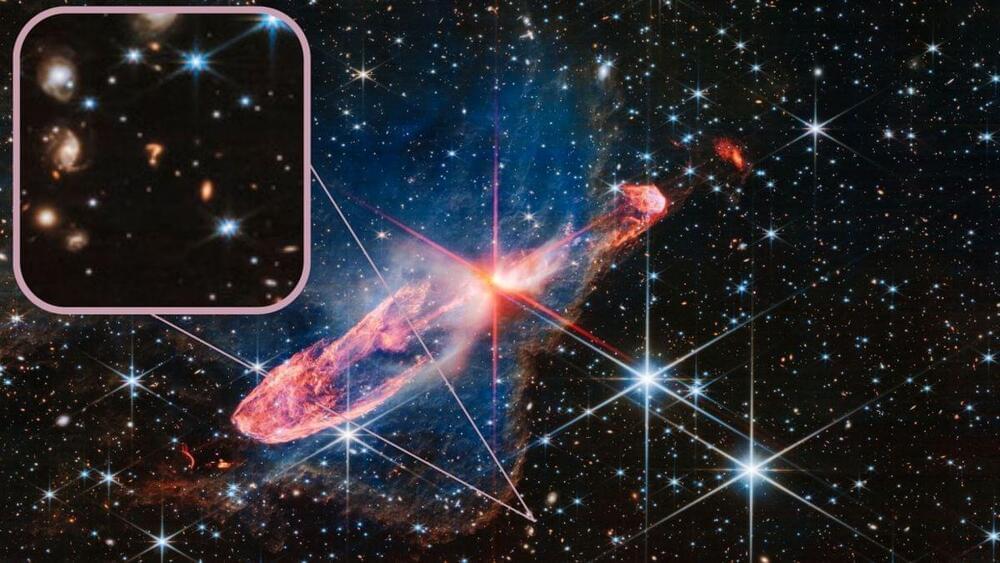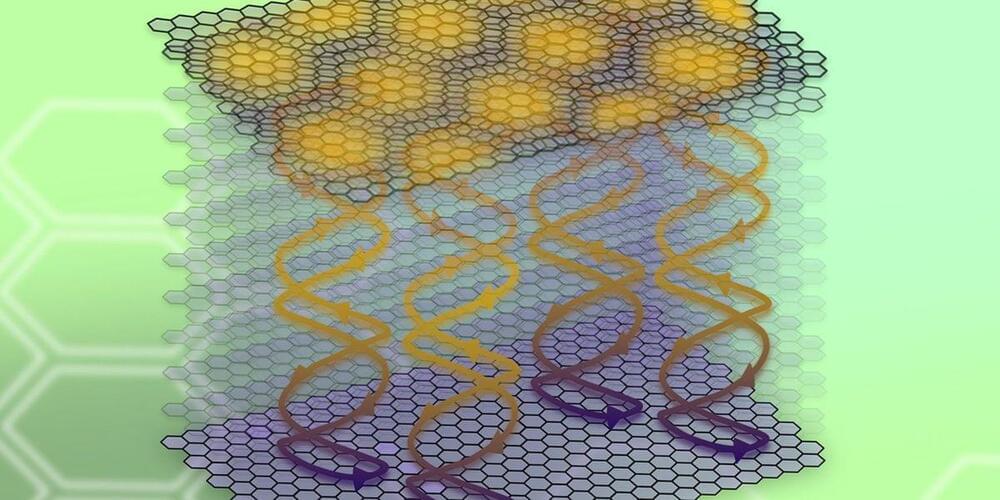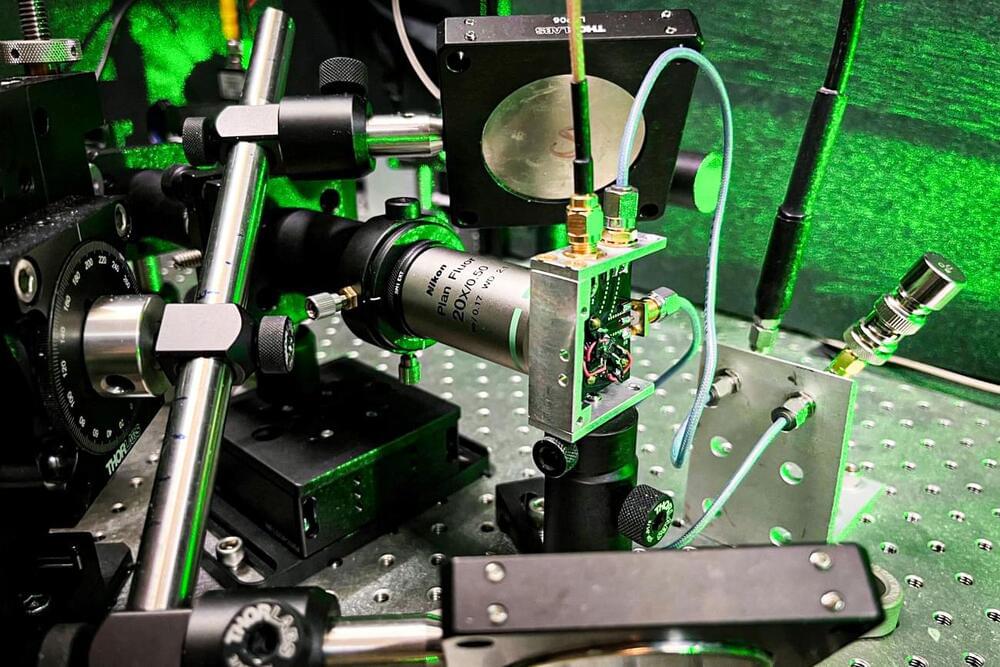Aug 9, 2023
Japanese Scientists Develop Novel, Completely Solid, Rechargeable Air Battery
Posted by Genevieve Klien in category: materials
Metals traditionally serve as the active materials for the negative electrodes in batteries. However, there’s been a shift towards using redox-active organic molecules like quinone-and amine-based compounds as negative electrodes in rechargeable metal–air batteries, which feature oxygen-reducing positive electrodes.
Here, protons and hydroxide ions participate in the redox reactions. Such batteries exhibit high performance, close to the maximum capacity that is theoretically possible. Furthermore, using redox-active organic molecules in rechargeable air batteries overcomes problems associated with metals, including the formation of structures called ‘dendrites,’ which impact battery performance, and have negative environmental impact.

